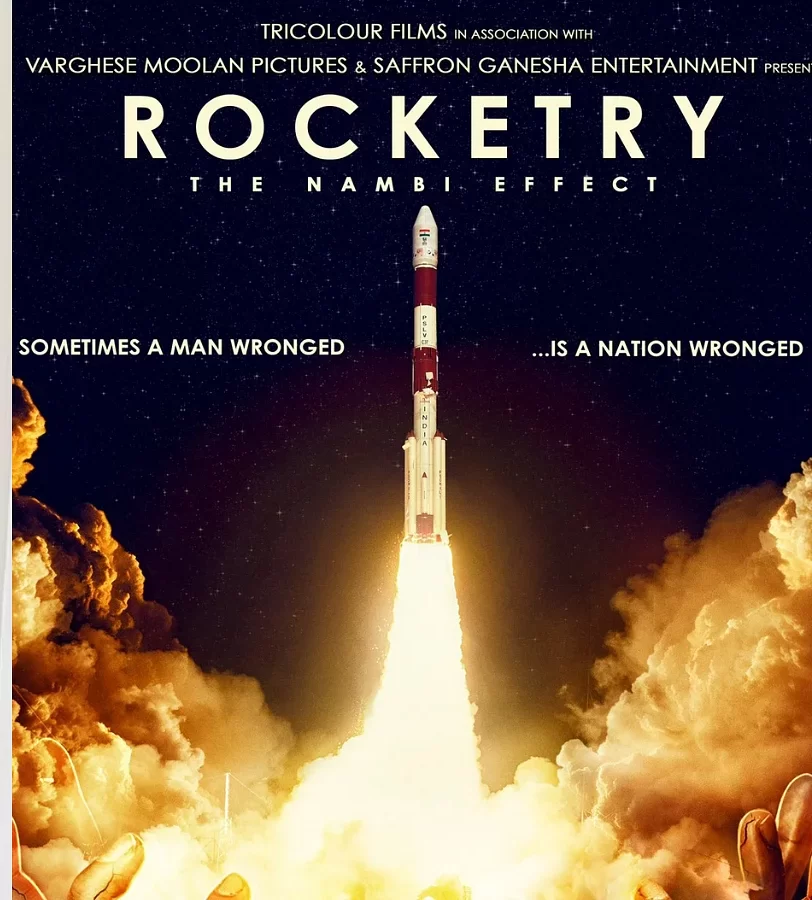MUMBAI: Leading post-production facilities used Autodesk, Inc. entertainment software solutions to shape more than 25 films for this holiday season. Autodesk technology was used to create complex digital characters, environments and visual effects, and to digitally color grade this seasons hottest films. Facilities that relied on Autodesk solutions include Sony Pictures Imageworks, Framestore CFC, Rainmaker UK, Luma Pictures Inc. and EFILM, a division of Deluxe Laboratories, Inc.
Autodesk Media and Entertainment, senior vice president, Marc Petit said, “The holiday season is a special time for movie-makers and movie-goers alike. Autodesk technology makes this possible; enhancing the movie experience by enabling digital artists to create the magical stories that audiences look forward to year after year. The audience’s taste for digital visual effects – from the subtly invisible to the jaw-dropping – continues to increase year after year, and Autodesk is proud to be a leading provider of the creative tools that give life to people’s imagination.”
EFILM is a world leading digital intermediate facility serving the film and television markets. EFILM’s EWORKS color grading system, consisting of a proprietary configuration of Autodesk Lustre and Autodesk Incinerator software, was used to digitally color grade numerous holiday films, including: Mr. Magorium’s Wonder Emporium, No Country for Old Men, I Am Legend, Charlie Wilson’s War, The Great Debaters, The Spiderwick Chronicles, The Assassination of Jesse James by the Coward Robert Ford, The Comebacks, Rendition, Borderland, Lions for Lambs, Southland Tales, Lust Caution, In the Valley of Elah, The Seeker: The Dark is Rising, Across the Universe, The Brave One and Good Luck Chuck.
London-based Framestore CFC used Autodesk Maya 3D modeling, animation and rendering software and the Autodesk Inferno visual effects software to shape The Golden Compass, a fantasy film about epic quests between parallel universes.
“Autodesk Maya was used as part of our visual effects pipeline, to create and light all the challenging polar environments, ice and snow shots in the film. The facility also used Maya to build and animate all shots of a massive armored polar bear, one of the film’s heroes. “Maya, with its wide-reaching flexibility, has always been a terrific package for us, easily and efficiently enabling integration of our in-house tools and other packages in our pipeline,” said Framestore CFC’s CG supervisor, Laurent Hugueniot.
Maya was also used by post-production facility Rainmaker UK on The Golden Compass. Artists at the facility modeled, rigged, animated and lit computer-generated (CG) doubles in Maya, using customized shaders. For example, the software was used to craft one of the film’s chase scenes depicting two Samoyed warriors plunging to their deaths off the side of a cliff into a giant chasm.
Paddy Eason, visual effects supervisor at Rainmaker, discussed the facility’s work on The Golden Compass: “We used Maya extensively on The Golden Compass. We took the top of the cliff and the distant mountainous horizon from the original plate, and extended the landscape down into the depths. The warriors were replaced entirely with digital doubles, and the original camera move was replaced with a CG one that extended the tilt of the cliff. Animated noise deformers on the 3D geometry helped simulate fast moving cloth and wind dynamics and additional snow particle effects were also created to add interaction with the environment.”
Sony Pictures Imageworks used Maya and Autodesk Flame visual effects software to help shape I Am Legend, the science fiction thriller about the last man on earth. “Autodesk Flame is an important tool in creating live-action and CG films at Imageworks. In the case of I Am Legend, the multitude layers involved were difficult to place in scene and matchmove, mainly because of the complicated scenery of fast-moving New York City street scenes. The CG deer, weeds, and aging elements all needed to be integrated and prioritized accurately. Between the Tracker, Paint, Modular Keyer, and Sparks functions, Flame helped us easily handle these challenges. Flame is a ‘catch-all’ for complex, problematic composites, and the finessing that goes along with them,” said senior lead Flame artist, Lisa Deaner.
For its work on Alvin and the Chipmunks, post-production facility Rhythm and Hues used Maya and Flame. Flame artist at the facility, John Heller said, “I was brought in on the film to composite a complicated shot that needed to be completed on an extremely tight deadline. The shot itself involved complicated tracking, keying and parallax, which was being applied to the track for a large, multi-layered matte painting. I doubt we could have completed the job on time without our Autodesk Flame system.”
Rhythm and Hues also turned to Autodesk solutions for compositing work on The Kingdom. Heller explained, “The most complex and difficult shots we crafted for The Kingdom were also put through our Autodesk Inferno and Flame systems for completion. For example, Flame was used to create a large terrorist explosion scene, which involved numerous set extensions. The system was the backbone for complicated tracking work and color correction. We also used it to composite CG assets, practical effects elements and matte paintings into the scene. Flame was also used to create a lot of moving screen graphics that mimic news broadcast graphics.”
Using Autodesk Maya and Autodesk Mudbox 3D modeling software, one of UK’s leading post-production facilities, Cinesite, textured and modeled reindeer for the holiday film, Fred Claus. Cinesite also animated the photo-real reindeer using Maya. Similarly, for The Golden Compass, Cinesite artists used Mudbox to model Lee Scoresby’s air balloon and to sculpt displacement maps for several creatures and completed all character animation and non-speaking demons using Maya. Maya was also used to create the digital environment for the spectacular final battle scene at Bolvangar, as well as Scoresby’s air balloon.
CafeFX used Autodesk Mudbox and Maya as part of its production pipeline for The Mist, an adaptation of the legendary Stephen King science fiction novel in which horrific creatures emerge in a small town in Maine after a massive thunderstorm. All creatures modeling for the monsters, including a giant crab, huge bugs, birds and spiders, was done with Mudbox, while all character animation and rigging was done with Maya. The first step for Miguel Ortega, lead model and texture artist at CafeFX, was to create 3D creature concept art in Mudbox. Ortega accelerated the character design process by providing digital 3D maquettes for director Frank Darabont’s review. Thanks to the speed and flexibility of Mudbox, he was able to deliver the 3D maquettes just as fast as the 2D concepts were hand drawn on paper.
Ortega commented on CafeFX’s unique workflow between Maya and Mudbox for The Mist: “We used to build models entirely in Maya and then detail them in Mudbox. With The Mist, we took a different approach; it sped up the process, allowing us to be more creative with each character’s form without getting bogged down in its function. Since The Mist characters were so complex, we first used Mudbox to obtain signoff on rough characters, then, we created extremely basic shapes in Maya and sculpted them in Mudbox, redoing each model’s topology after details were added. We were able to transfer the resurfaced models into Maya.”
As the sole visual effects facility for the newly released No Country for Old Men, Venice-based Luma Pictures used Autodesk Maya to create more than 60 shots. These included action sequences, photo-realistic CG antelopes, a CG airplane and CG destruction and debris. “We rely on Autodesk Maya as a crucial part of our CG pipeline,” said visual effects supervisor, Vince Cirelli. “On projects like No Country for Old Men, the Maya software’s robust scripting abilities let us create custom animation tools and deliver the subtle realism that sells a shot. Maya is the only utility player in our pipeline. It’s so flexible that we can throw anything at it and it produces outstanding results,” Cirelli added.
Other recently released and upcoming films shaped by facilities using Autodesk technology include:
The Golden Compass: Digital Domain used Maya for all modeling and animation related to the mechanical components of the golden compass itself. Maya software helped complete shots of the alethiometer’s inner workings
Aliens vs. Predator: Requiem: Hydraulx used Flame, Inferno and Maya to create over 400 visual effects shots for the film
Mr. Magorium’s Wonder Emporium: Mokko Studios used Maya software
The Kite Runner and Alvin and the Chipmunks: LaserPacific Media Corporation used Lustre for digital color grading
Beowulf: Sony Pictures Imageworks used Autodesk MotionBuilder 3D character animation software and Maya to help shape Robert Zemeckis’ stereoscopic film.




